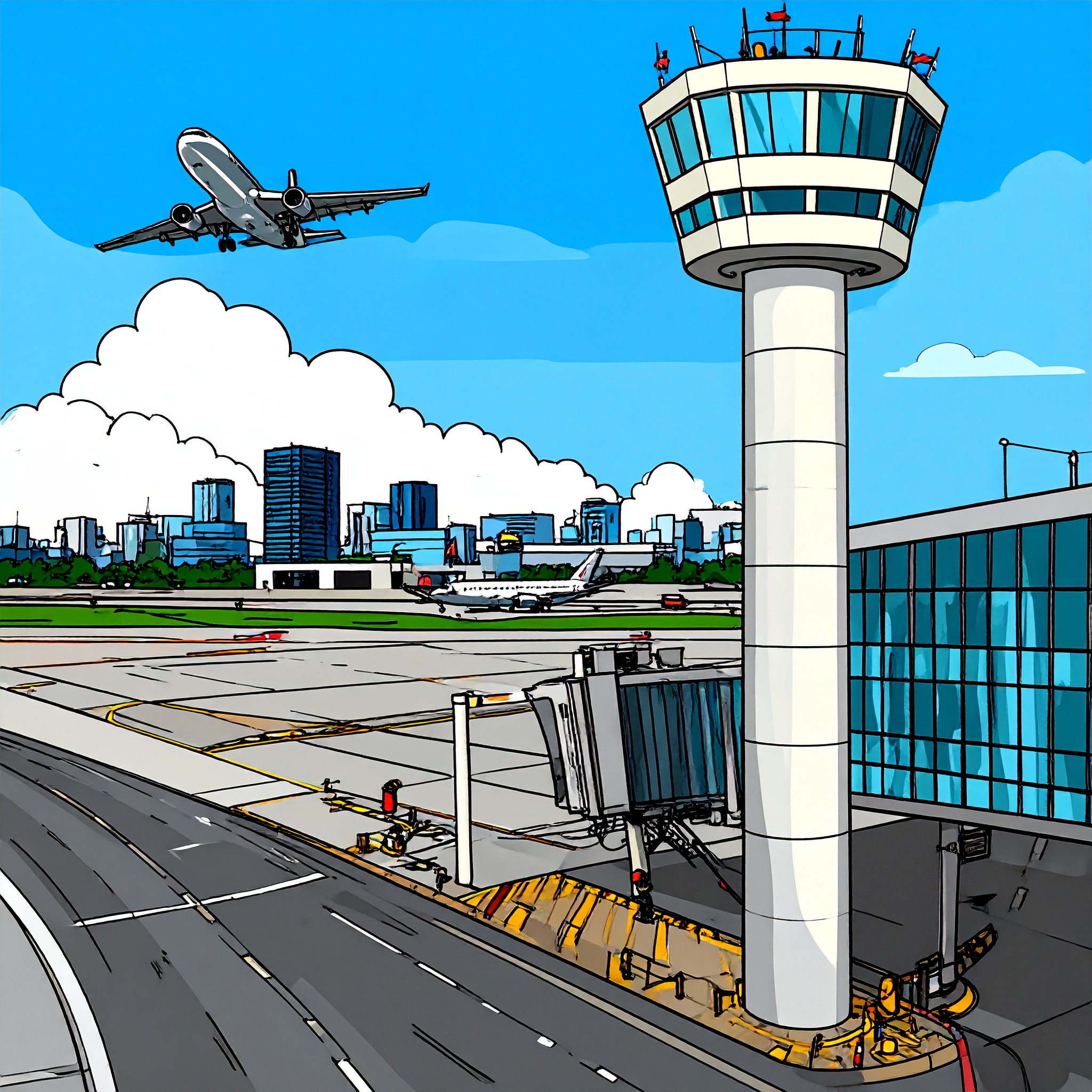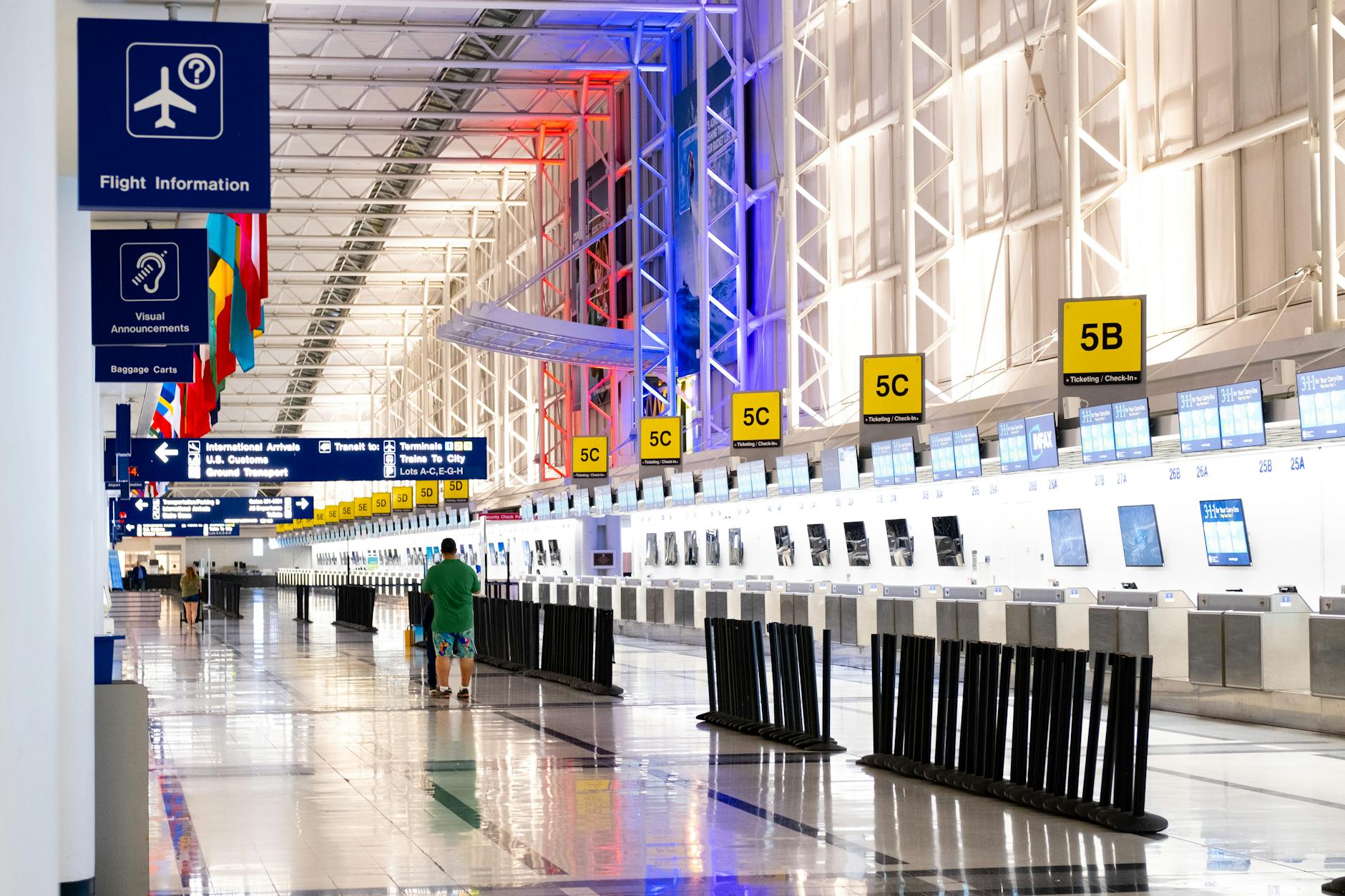After the air travel, the next priority becomes the journey into the city. For discerning travelers and investors alike, an airport’s true value is often measured by its connectivity to the urban core. Whether it’s travel time, fare, onboard comfort, or the ease of managing luggage, each aspect contributes directly to the overall satisfaction of the travel experience.
Japan’s major international airports are well-regarded for offering a diverse array of transit options into city centers—an attribute that particularly benefits international visitors. From high-speed rail and highway buses to limousine services, taxis, ride-sharing platforms, and more recently, fixed-rate private transfers and premium shuttle vans, the range of choices reflects a highly developed infrastructure tailored to varying traveler needs.
For those prioritizing speed and efficiency, express trains or dedicated airport rail services remain the premier option. These routes often provide non-stop or limited-stop service directly into key metropolitan terminals, with strategic scheduling that avoids peak commuter hours and maintains high punctuality. For instance, one of Eastern Japan’s flagship airports offers direct express service into the city in approximately 40 minutes, while another urban-adjacent hub provides swift access in as little as 15 to 20 minutes.

When it comes to comfort, the airport limousine bus stands out as a preferred mode of transit. Passengers can stow their luggage in a dedicated compartment beneath the cabin and settle into generously spaced seating, often more spacious than that found on standard trains. Many of these premium coaches now feature amenities such as complimentary Wi-Fi and USB charging ports, transforming the journey into a restorative pause between destinations. While the fare may be moderately higher, the unparalleled convenience of direct service to hotel entrances or prominent sightseeing spots more than justifies the cost for many discerning travelers.
For those seeking a more budget-conscious option, local commuter trains and municipal bus services present viable alternatives. Although travel times are generally longer, the affordability is unmatched—with some routes offering access to central districts for just a few hundred yen. However, during peak commuting hours, these options tend to be crowded, and may not be ideal for travelers carrying large suitcases. Strategic timing is therefore key to ensuring a smooth and manageable transit experience.
For larger groups or families traveling with substantial luggage, pre-arranged airport transfer services—such as private taxis or executive minivans—offer a particularly convenient solution. Increasingly, these services are available with multilingual support and seamless online booking platforms, providing travelers with the added reassurance of being met directly at the arrival gate. Many of these offerings feature fixed-rate pricing, shielding clients from unexpected charges due to traffic delays—an appreciated benefit for those who value clarity and control over their travel expenses.
In select cities, night buses and special late-night train services connect the airport to central urban stations, catering to passengers on early morning or red-eye flights. These options allow travelers to make efficient use of their stay without the need for an additional hotel night—an ideal consideration for business executives or short-term visitors. Meanwhile, in metropolitan areas where ride-sharing platforms are increasingly embraced, these app-based services offer a competitively priced and user-friendly alternative to traditional taxis, further enhancing urban mobility with modern convenience.

One essential consideration in post-arrival transit is the management of luggage and the minimization of physical burden. While rail travel may involve transfers or navigating station stairways, Japan has made significant strides in barrier-free design—installing large-capacity elevators and escalators throughout major transit hubs to ensure accessibility and ease of movement. Additionally, select airports offer luggage forwarding services, enabling travelers to send their suitcases directly to their hotels and enjoy a hands-free journey into the city.
In some metropolitan areas, fixed-fare access passes and multi-modal travel tickets are available, allowing for a seamless blend of transport options that optimize both cost efficiency and comfort. For international visitors, the growing adoption of IC cards and mobile payment platforms further streamlines the travel experience—eliminating the need for on-site ticket purchases and enhancing convenience from the moment of arrival.
For travelers who wish to immerse themselves in cultural experiences even en route, choosing a transit route that allows for scenic stopovers can greatly enrich the journey. Certain rail lines pass through stations near historic towns or upscale outlet malls, offering immediate access to quintessential Japanese charm shortly after arrival—an elegant way to begin one’s stay with both leisure and authenticity.
Japan’s transportation options between its airports and urban centers are impressively versatile, catering to a wide range of travel styles, budgets, companions, and time frames. Express trains appeal to time-sensitive business professionals seeking efficiency; limousine buses provide a tranquil, stress-free ride for those desiring relaxation; local trains serve as a cost-effective choice for budget-conscious travelers; and pre-arranged transfers present a reliable and comfortable solution for families and older guests. Each option reflects Japan’s commitment to precision and hospitality, enabling every traveler to select the mode of transit that best complements their individual needs and expectations.
In today’s travel landscape, the journey itself has become an essential part of the overall experience. Selecting the right mode of transportation from the airport is a decisive factor that shapes both the comfort and satisfaction of one’s trip. Regardless of the option chosen, travelers in Japan are met with a meticulously maintained infrastructure and thoughtful, user-centric amenities—hallmarks of the country’s renowned hospitality.




